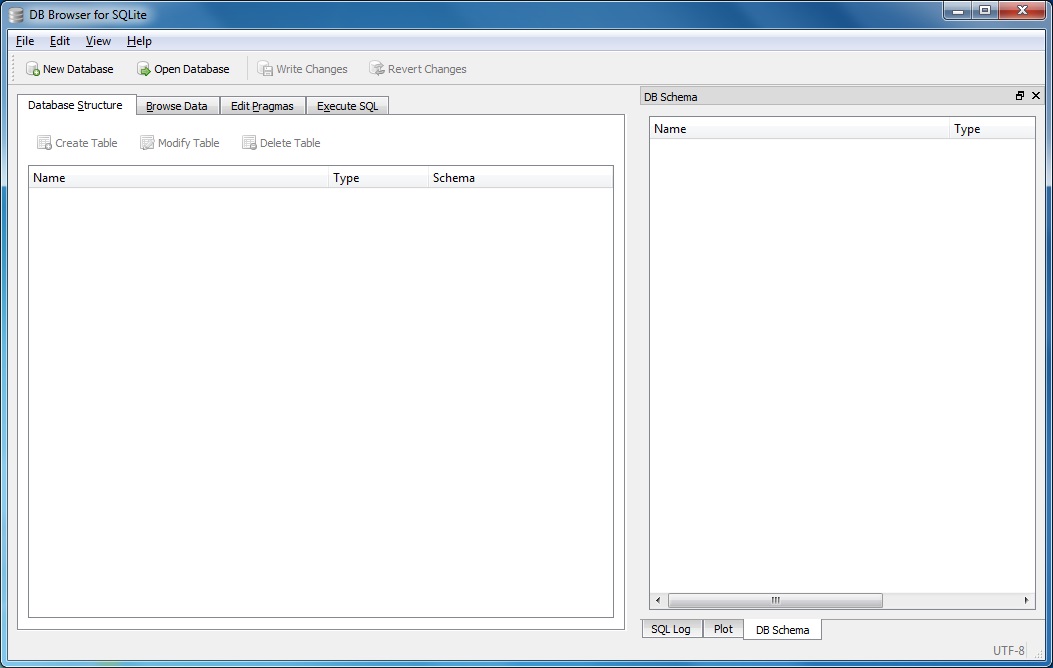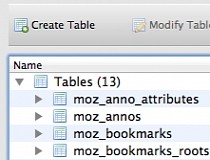

- #Db browser for sqlite size of table upgrade#
- #Db browser for sqlite size of table for android#
- #Db browser for sqlite size of table android#
According to SQLite's Limit page, the 'The theoretical maximum number of rows in a table is 264,' which I am nowhere near, and the maximum database size is, 'the maximum size of a database file is 2147483646 pages. For that we’ll need to create a custom subclass of SQLiteOpenHelper implementing at least the following three methods.Ĭonstructor : This takes the Context (e.g., an Activity), the name of the database, an optional cursor factory (we’ll discuss this later), and an integer representing the version of the database schema you are using (typically starting from 1 and increment later). There's probably about 1 billion rows in one table in the database, and another 200 million or so in the other.
#Db browser for sqlite size of table upgrade#
SQLiteOpenHelper wraps up these logic to create and upgrade a database as per our specifications. We will have option to alter the database schema to match the needs of the rest of the app.
#Db browser for sqlite size of table android#
Android SQLite SQLiteOpenHelperĪndroid has features available to handle changing database schemas, which mostly depend on using the SQLiteOpenHelper class. This structure is referred to as a schema. Display total size of each table, size of each tables content and size of each tables indexes. We can create our own tables to hold the data accordingly. Display table counts and each tables record count. SQLite is a typical relational database, containing tables (which consists of rows and columns), indexes etc. Once a database is created successfully its located in data/data//databases/ accessible from Android Device Monitor. Android SQLite native API is not JDBC, as JDBC might be too much overhead for a memory-limited smartphone. For Android, SQLite is “baked into” the Android runtime, so every Android application can create its own SQLite databases. Normally there are four different ways to describe the table as follows.schema This command is used to describe the specified table in this command first, we need to create the table. schema command works in SQLite as follows.

Android SQLite combines a clean SQL interface with a very small memory footprint and decent speed. Now let’s see the how describe table command that is. Android SQLiteĪndroid SQLite is a very lightweight database which comes with Android OS. Below is the final app we will create today using Android SQLite database. For many applications, SQLite is the apps backbone whether it’s used directly or via some third-party wrapper.
#Db browser for sqlite size of table for android#
Android SQLite is the mostly preferred way to store data for android applications. The DBSTAT virtual table is a read-only eponymous virtual table that returns information about the amount of disk space used to store the content of an SQLite. Welcome to Android SQLite Example Tutorial.


 0 kommentar(er)
0 kommentar(er)
